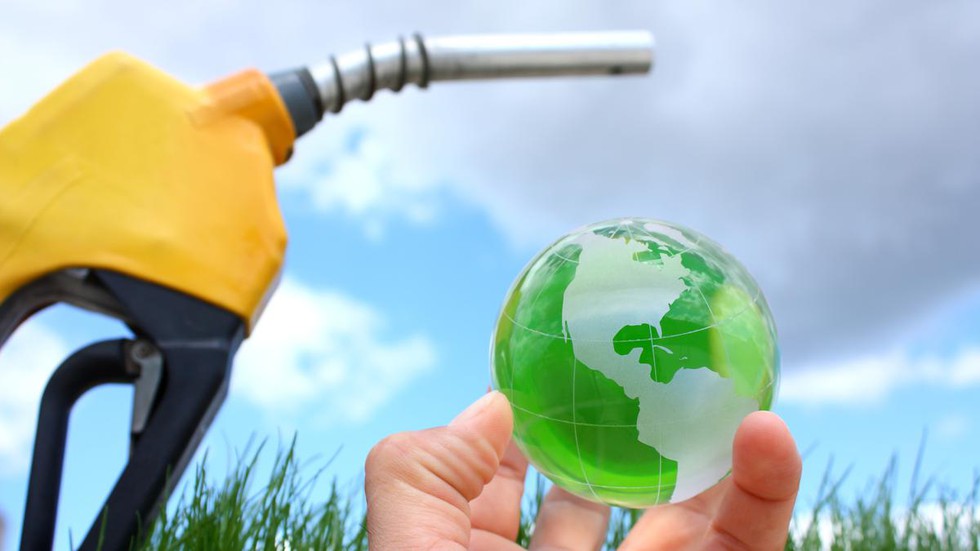A team of scientists from Assam, Odisha, China, and the United Kingdom has developed a novel water-repellent catalyst. This innovation is poised to significantly reduce the cost of producing environmentally friendly biodiesel.
Research Publication
The detailed process of creating the “spherical superhydrophobic activated carbon catalyst” has been published in the latest issue of the peer-reviewed journal, Advanced Functional Materials.
Research Team
The study was conducted by:
- Arpita Das, Kangkana Saikia, and Samuel Lalthazuala Rokhum from the Department of Chemistry, National Institute of Technology (NIT), Silchar, Assam.
- Chandrakanta Guchhait and Bimalendu Adhikari from NIT Rourkela, Odisha.
- Da Shi from the University of Cambridge, United Kingdom.
- Hu Li from Guizhou University, China.
Significance of Superhydrophobic Catalysts
Superhydrophobic catalysts, which mimic the anti-wetting properties of natural surfaces like lotus leaves, are crucial because they prevent the deactivation of active sites by water produced during biodiesel production.
Benefits of the Novel Catalyst
Dr. Samuel Lalthazuala Rokhum emphasized several key advantages of the new catalyst:
- Robustness: It can withstand the water by-product during biodiesel production, maintaining high effectiveness and reusability.
- Cost Efficiency: The catalyst’s use can reduce the production cost of biodiesel to approximately 37 cents per litre, significantly lower than the current cost.
- Ecological Benefits: The catalyst is derived from biomass (cellulose), making it ecologically benign, abundant, and affordable.
Impact on Biodiesel Production
Dr. Rokhum highlighted the potential of this innovation to transform biodiesel production:
- Cost Reduction: The current biodiesel cost in India is about ₹100 (UD$1.2) per litre. The new catalyst can reduce this cost to about 37 cents per litre.
- Sustainable Energy: The catalyst supports broader adoption of biodiesel, contributing to a greener and more sustainable future.
- Utility Expansion: This green synthesis strategy also provides a sustainable method for biomass waste disposal and enhances the utility of biochar as an alternative to graphene and carbon nanotubes.
Conclusion
The development of this superhydrophobic activated carbon catalyst is a breakthrough that promises to make biodiesel production more efficient, cost-effective, and environmentally friendly.
Multiple-Choice Questions (MCQs):
- What is the primary benefit of the newly developed water-repellent catalyst?
- A. It increases the fuel efficiency of diesel engines.
- B. It reduces the cost of biodiesel production.
- C. It enhances the octane rating of biodiesel.
- D. It decreases the environmental footprint of fossil fuels.
- Which journal published the research on the superhydrophobic activated carbon catalyst?
- A. Nature Materials
- B. Advanced Functional Materials
- C. Journal of Catalysis
- D. Renewable Energy
- What natural property do superhydrophobic catalysts mimic?
- A. Photosynthesis
- B. Anti-wetting properties of lotus leaves
- C. Thermal insulation of polar bear fur
- D. Light absorption of chlorophyll
- From what material is the new catalyst derived?
- A. Petroleum by-products
- B. Synthetic polymers
- C. Biomass (cellulose)
- D. Metal alloys
- Which of the following countries is not mentioned as part of the research team’s origin?
- A. India
- B. China
- C. United Kingdom
- D. United States
- What is the current cost of biodiesel per litre in India as mentioned in the article?
- A. ₹50
- B. ₹87
- C. ₹100
- D. ₹120
- Who is among the world’s top five scientists in the field of biodiesel?
- A. Arpita Das
- B. Kangkana Saikia
- C. Samuel Lalthazuala Rokhum
- D. Hu Li
- What potential utility does the green synthesis strategy provide besides biodiesel production?
- A. Plastic recycling
- B. Biomass waste disposal
- C. Solar panel manufacturing
- D. Wind energy generation
- Which institution is Da Shi affiliated with?
- A. National Institute of Technology, Silchar
- B. National Institute of Technology, Rourkela
- C. University of Cambridge
- D. Guizhou University
- What is the anticipated cost of biodiesel per litre with the new catalyst?
- A. 37 cents
- B. 50 cents
- C. 87 cents
- D. 100 cents
